The future of the built world is messy...
...just like the people who live, work and play within it
How do the spaces and places where we spend our lives make us feel?
This is a question we ask ourselves every single day. More than once. While we may not always register we are doing it, we are constantly evaluating how the built world impacts our mood and our lives. And we are tough critics, by the way. Our instincts can tell us, right down to the smallest minutia of design detail, whether a place feels right. Anyone who has become disproportionately frustrated when the light switches in a hotel room are not where they would intuitively expect them to be will know what I mean.
The feelings evoked by a certain place, building or city are extremely powerful. Major life decisions are made off the back of them. Major commercial decisions are made off the back of them, too. They can be the difference between a good day and a bad day and, in extreme cases, they can be the difference between a good life and bad life.
And yet, in the 20 years I have been a real estate journalist, the question around how spaces and places make people feel has been given a fraction of the time and attention it warrants. If that sounds nonsensical it is because it is. You would assume, given that the success of the built word ultimately relies on how well it supports the people existing within it, that human-centred design and development is a given. It isn’t. Certainly not often enough.
But that doesn’t mean there aren’t pockets of brilliance.
On one hand, there is so much to explore, so much to question and so much to learn when it comes to creating a built world that better serves the needs and complexities of humans as the end user. On the other, we are surrounded by a plethora of examples showing how it can be done. From stand-alone structures and buildings to wider masterplans, districts and cities, the world is home to an ever-growing catalogue of design and development success stories that put people firmly at their heart. So let’s learn from them.
That’s where this Substack page comes in. Well-Placed is a new design and innovation newsletter shining a light on the people, projects and ideas - you guessed it - well-placed to future-proof the world we live in. I wanted to create a publication that could showcase and celebrate what has already been achieved without ignoring the significant barriers to rapid, wide-spread change – many of which the real estate sector is working tirelessly to overcome.

Not just focussed on buildings and cities, this new content stream is also about everything in-between, and how the human experience is the most important part of all.
Ultimately it’s about people. And life.
A decade ago, a line like that would have prompted more than a few eye-rolls. Certainly within the real estate sector. But times have changed, and while there might be a clutch of people who still dismiss the importance of how places and spaces make us feel, this is no longer the norm. Not least given how commercial success is increasingly governed by occupancy and end user satisfaction. Although, as anyone working in development will know, the situation is more nuanced than that…one to unpack another time.
Speaking of occupancy, something else that has shifted considerably in recent years is how much power we, the end users, have to choose where we want to spend our time. These are choices that will be intrinsically linked to our specific requirements and who we are as individuals. The real estate sector is no stranger to this shift and it has sparked a much tighter focus on designing and developing for people. More on that in an upcoming post but for now, some words that really get to the heart of this point from the great Martyn Evans, Landsec U+I’s creative director.
“People - and the lives they lead - are complicated, messy, difficult, different and diverse,” he says. “You can’t run that off a spreadsheet. Life can’t happen without our industry. But you have to be able to understand people to build well.”
That’s what Well-Placed is all about; the built world’s response to, and responsibility for, supporting real life – from the smallest of details such as RSHP’s sensitively-designed bathroom cubicle in a cancer centre in Hammersmith, west London to some of the most significant city plans and regeneration schemes across the globe.
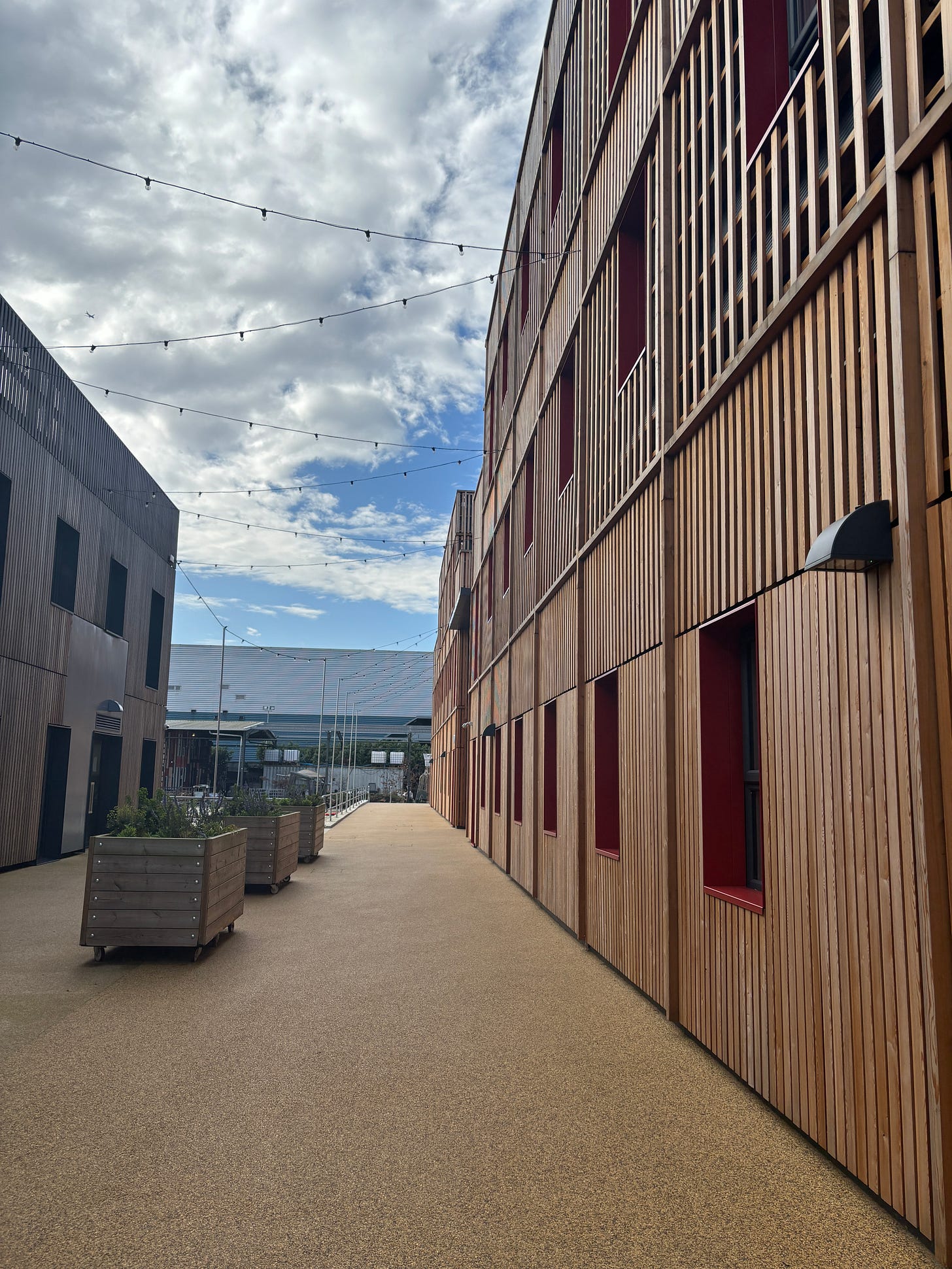
So, what can you expect from me over the coming weeks and months as I get Well-Placed off the ground? I will be speaking to some of the best-known players in design, development and urban planning to better understand the evolution and future trajectory of spaces and places. I will be asking questions like should engineers be allowed to use technology to design buildings? (Spoiler alert, it is the staunch opinion of one such engineer, and a leading one at that, this would be an unmitigated disaster).
I will also be looking at the projects setting a new standard for human-centred design from the library in Helsinki which has been widely hailed as a masterclass in public placemaking to the offices and homes around the world that are, or indeed have been, well ahead of their time over the years.
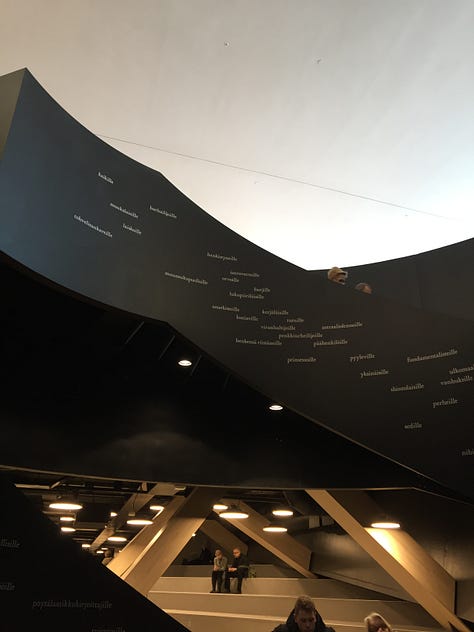
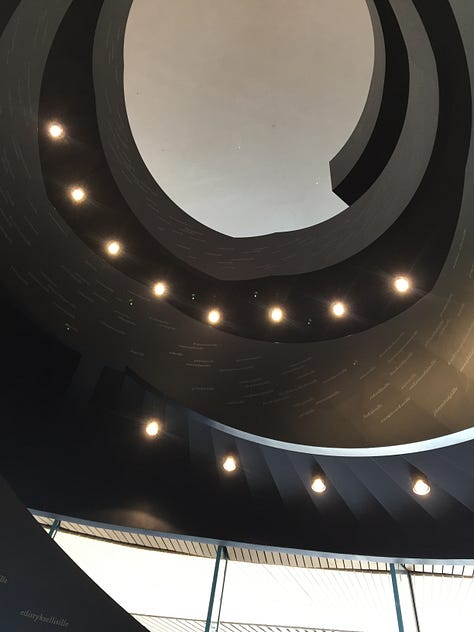
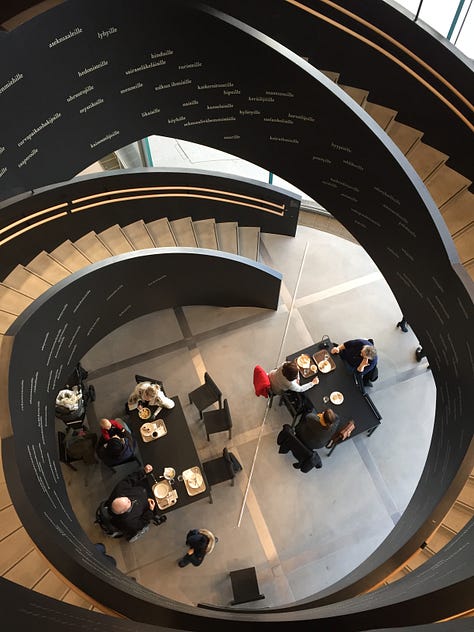
My plan is to write, every two weeks, in a way that gives you, the reader, something different - whether that is a different idea, a different perspective or a different approach to an age-old problem.
Hopefully not just a compelling proposition but one that inspires you to share this page with others who may feel the same. In the case of the latter you can simply click on the share button below and I am reliably informed by the Substack powers that be that should do the trick. Every click helps and every new subscriber will go a huge way towards sharing the stories of inspirational projects, visionary people and game-changing ideas to as broad an audience as possible.
All that remains to say now is thank you. If you are reading these words then you have got to the end of my first post and, whether you skim-read or not, I’ll take that as a win. I hope you enjoy what’s to come. If you have any thoughts or feedback, feel free to drop me a line using the message link below and, if you missed the Subscribe button at the top of the page, fear not, here it is again. See you in two weeks.
Emily Wright is a real estate and technology journalist contributing to titles including WIRED, GQ, The Spaces, The Evening Standard, The Times and The Telegraph. She spent 12 years of her career at EG where she worked as both tech editor and then head of content. She has interviewed major players from both within and outside the property industry including Zaha Hadid, Sidewalk Labs' Dan Doctoroff, Lord Richard Rogers, Daniel Libeskind, Donald Trump and Sir Terence Conran.
Emily is now head of content at CREtech where she specialises in curating content and interviewing speakers from across the built world with a focus on innovation and sustainability. She is also a freelance journalist, contributing editor, moderator and keynote speaker focussed on design, development, cities, innovation and ESG.
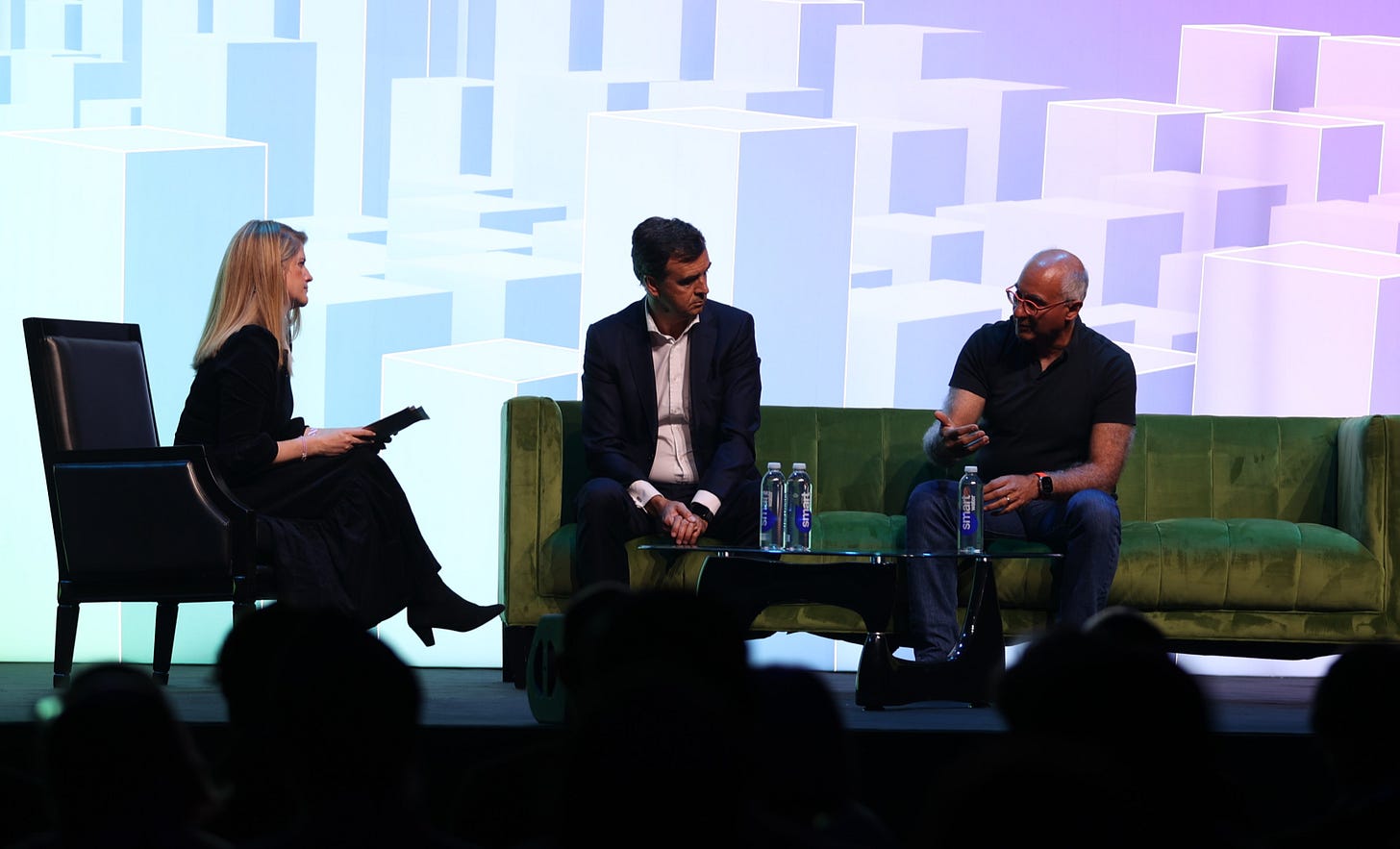

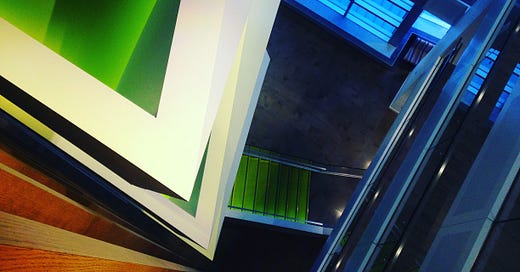


Looking forward to reading about lots of exciting places!
Already can’t wait for the next one!